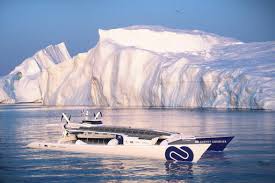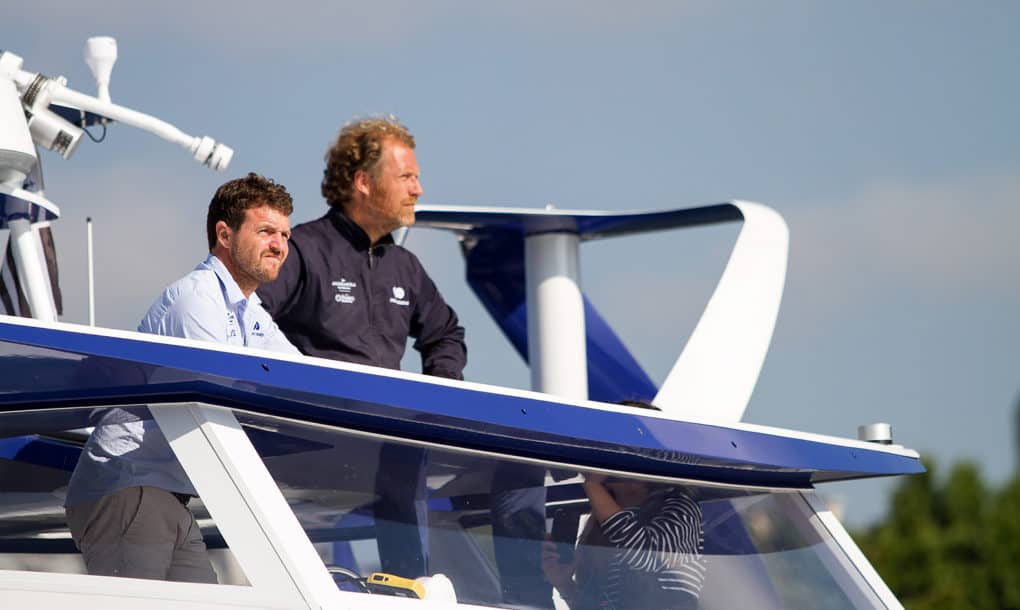
Breaking News
 Trump pardons Mets legend, 'Celebrity Apprentice' alum Darryl Strawberry over tax evasion co
Trump pardons Mets legend, 'Celebrity Apprentice' alum Darryl Strawberry over tax evasion co
 You WON'T BELIEVE How Much Money We're REALLY Sending To Israel!
You WON'T BELIEVE How Much Money We're REALLY Sending To Israel!
 China CANCELS U.S. Soybean Order?! Joel Salatin
China CANCELS U.S. Soybean Order?! Joel Salatin
 Ep 38 Jonathan Haidt: on The Anxious Generation: Childhood in Social Media Age & Fragile College ...
Ep 38 Jonathan Haidt: on The Anxious Generation: Childhood in Social Media Age & Fragile College ...
Top Tech News
 HUGE 32kWh LiFePO4 DIY Battery w/ 628Ah Cells! 90 Minute Build
HUGE 32kWh LiFePO4 DIY Battery w/ 628Ah Cells! 90 Minute Build
 What Has Bitcoin Become 17 Years After Satoshi Nakamoto Published The Whitepaper?
What Has Bitcoin Become 17 Years After Satoshi Nakamoto Published The Whitepaper?
 Japan just injected artificial blood into a human. No blood type needed. No refrigeration.
Japan just injected artificial blood into a human. No blood type needed. No refrigeration.
 The 6 Best LLM Tools To Run Models Locally
The 6 Best LLM Tools To Run Models Locally
 Testing My First Sodium-Ion Solar Battery
Testing My First Sodium-Ion Solar Battery
 A man once paralyzed from the waist down now stands on his own, not with machines or wires,...
A man once paralyzed from the waist down now stands on his own, not with machines or wires,...
 Review: Thumb-sized thermal camera turns your phone into a smart tool
Review: Thumb-sized thermal camera turns your phone into a smart tool
 Army To Bring Nuclear Microreactors To Its Bases By 2028
Army To Bring Nuclear Microreactors To Its Bases By 2028
 Nissan Says It's On Track For Solid-State Batteries That Double EV Range By 2028
Nissan Says It's On Track For Solid-State Batteries That Double EV Range By 2028
World's First Self-Sufficient Hydrogen Boat Embarks On 6-Year Journey

Following the success of Solar Impulse 2, a solar-powered aircraft that traveled the world last year, the Energy Observer has just left for its 6-year journey around the world and it's being powered by the sun, wind, and hydrogen. It's been nicknamed the "Solar Impulse of the Seas" and is set to stop in 50 countries over the next 6 years to promote emissions-free travel.
Originally designed and used in 1983 for open-sea sailing races but was recently converted by 50 engineers, designers, and naval architects to repurpose the vessel. Skippers Victorien Erussard and Frederic Dahirel spearheaded the conversion and Erussard and filmmaker Jérôme Delafosse will helm the ship.
During the day, the Energy Observer will run off of the energy produced from the sun and wind via solar panels and two vertical axis wind turbines. At night, the boat will run on hydrogen using an electrolysis system onboard that takes in seawater to generate hydrogen, allowing the vessel to be completely free of emissions.
"The problem is that 95 per cent of the hydrogen that you use already is made out of fossil energies," explained Delafosse. "We will produce hydrogen onboard from the ocean, we will clean and purify the water and then we will electrolyse it and then compress it in tank storage."

Credit: Inhabitat
That's not all the ship has to offer. It's also equipped with electric motors, lithium-ion batteries, a hydrogen fuel cell, and a traction kite among other technologies aimed at making the boat eco-friendly. The 100-foot long and 42-foot wide boat was constructed with $5 million and christened by France's environment minister Nicolas Hulot prior to leaving Paris earlier this month. When the boat embarked on its journey, it carried Anne Hidalgo, Paris' mayor, aboard the vessel.
Energy Observer is three times lighter than MS Tûranor PlanetSolar, the last solar-powered boat to circumnavigate the world, and can theoretically go three times faster at a top speed of 42 knots. However, PlanetSolar took only 18 months to travel the world and Energy Observer will likely cruise at 8 to 10 knots for the next 6 years. When asked why they would be taking so long in their journey, the explorers had an appropriate explanation.
"We can use this technology in hotels, in houses, in cars… the idea is to be less dependent on the network," Delafosse said. "It shows how fast things can happen: as it did in London at the turn of the last century with [moving from] horses to cars, it will happen with renewable energy."

 Carbon based computers that run on iron
Carbon based computers that run on iron

